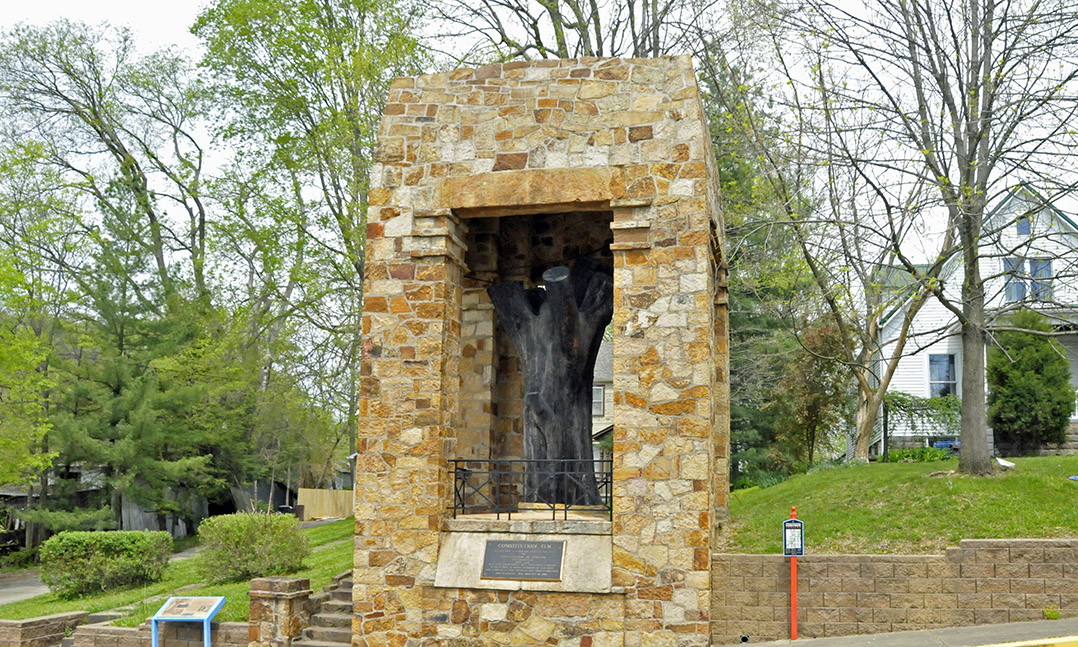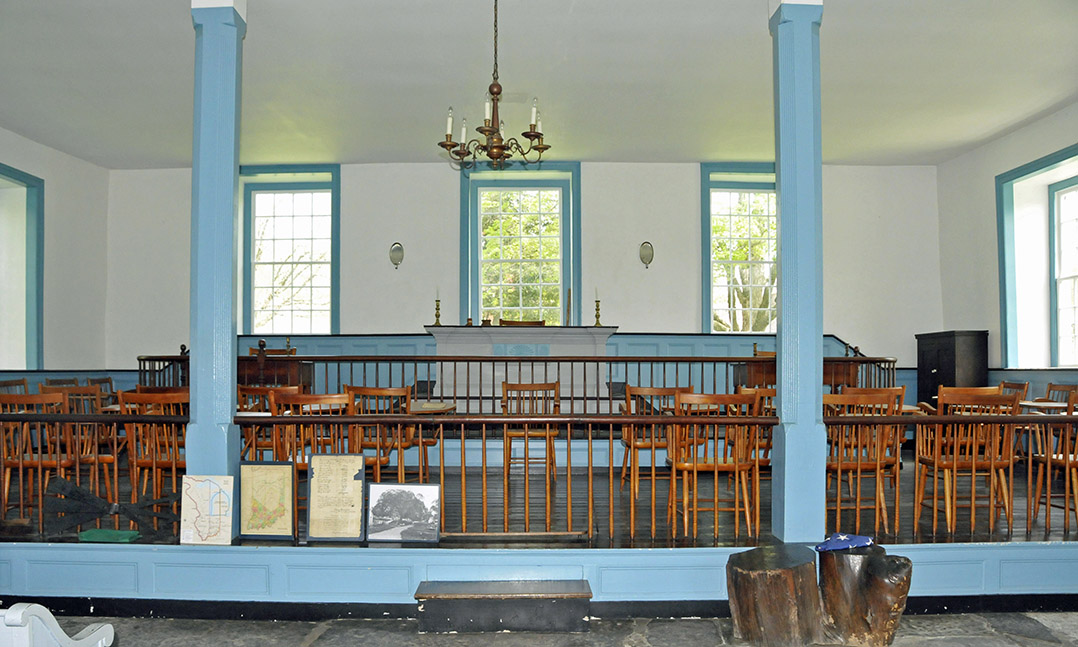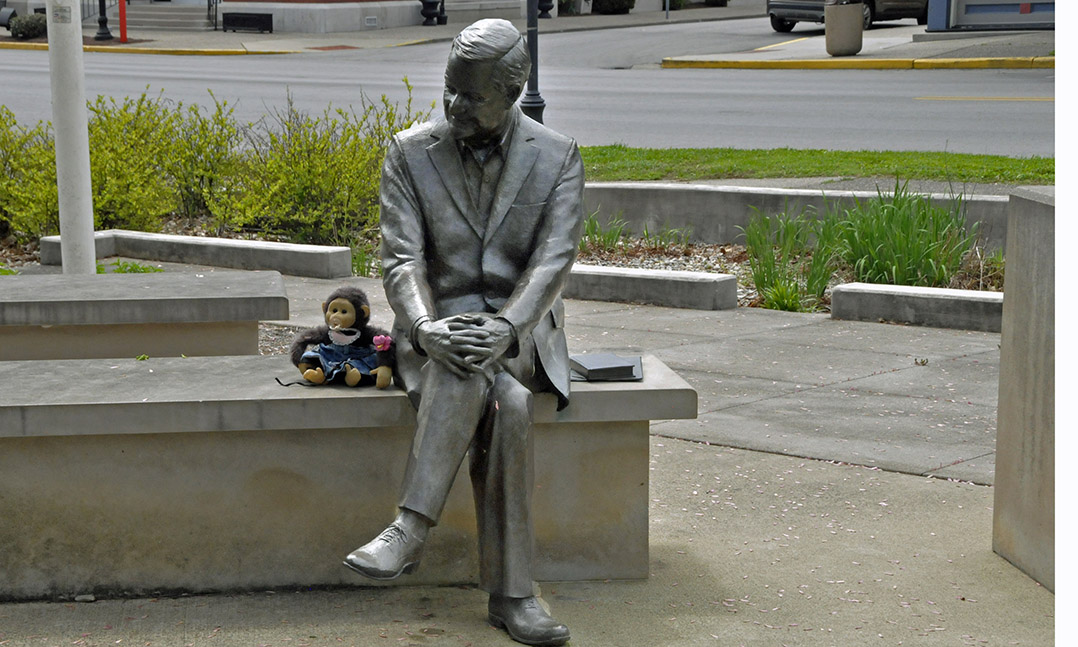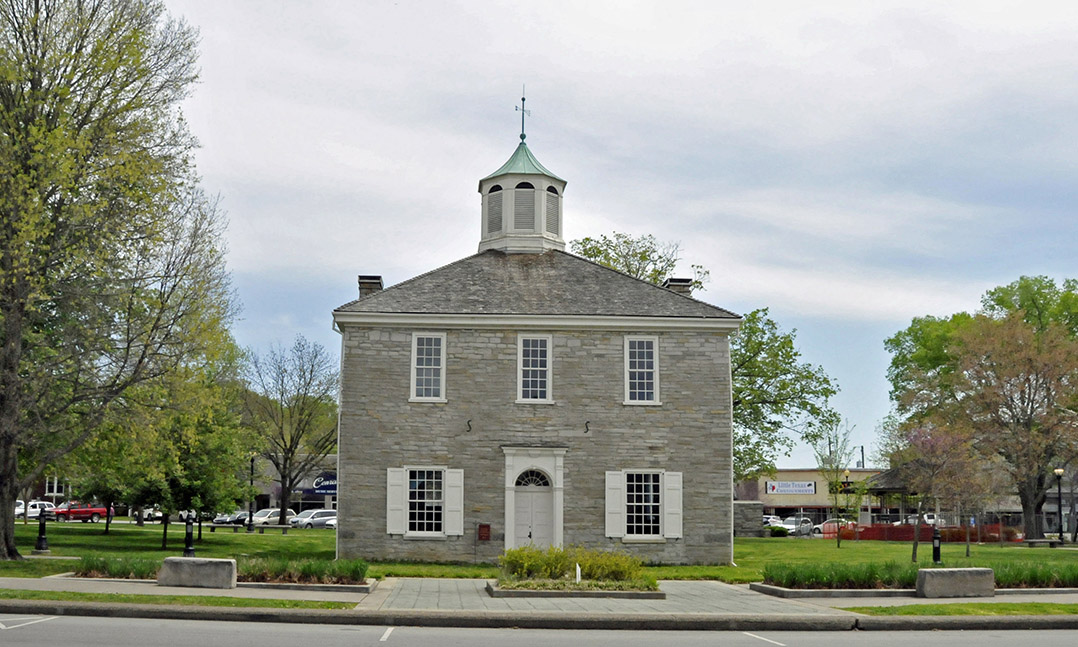Today, we visit Corydon, Indiana’s first state capital and a popular tourist destination about 130 miles from Indianapolis.
In 1804, William Henry Harrison, governor of the Indiana Territory, acquired land for a new town in what is now Corydon. The town was platted in 1808 and named for a shepherd who died in “The Pastoral Elegy,” said to be Harrison’s favorite poem. Corydon grew quickly, and in 1813 the territorial capital moved from Vincennes to Corydon, which was more centrally located within the shrunken Indiana Territory. In June 1816, 43 delegates from the territory’s 13 counties, all in the south, met in Corydon to draft a constitution for the proposed state of Indiana, spending much of their time under a giant elm tree.
The constitution, drafted in 19 days, prohibited slavery, provided free public education and designated Corydon the seat of government. When Indiana was admitted to the Union on Dec. 11, 1816, the new Harrison County Courthouse served as the capitol, with the House of Representative meeting on the first floor and the Senate and Supreme Court meeting on the second floor. After the capital was moved to Indianapolis in 1825, the building continued to serve as the county courthouse until 1927.
Corydon today, with a population of 3000, is a very pleasant and well-maintained town. The capitol, restored to its 1816 condition, is available for tours, as is the home where William Hendricks lived while serving as Indiana’s third governor. A seated life-size statue of Frank O’Bannon, a resident of Corydon who served as Indiana’s 47th governor, is just south of the capitol. The trunk of “Constitution Elm,” which died in 1925 at a height of 50 feet, is enshrined in sandstone. Other popular attractions include Butt Drugs, a log cabin Gov. Harrison lived in while in Corydon, Zimmerman Art Glass and White House Candy.






